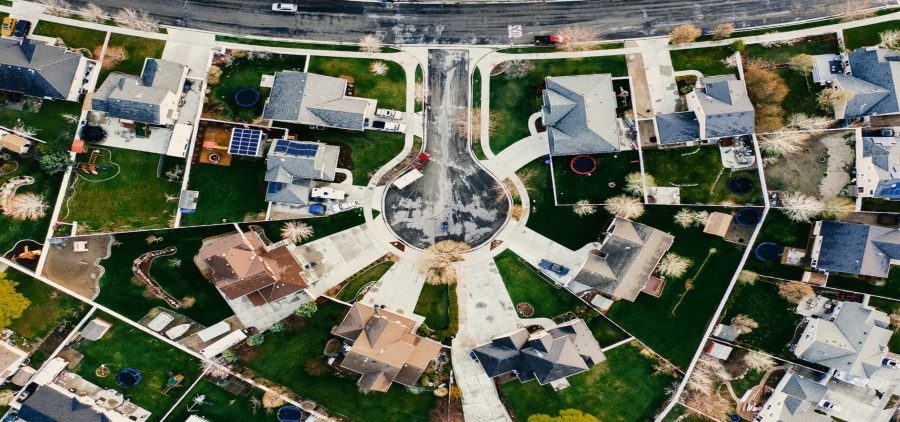If you’ve been looking at buying or renting a property over the last 5 years or so, you’ve probably noticed real estate listings now typically include a Walk Score. This score has become an important portion of property listings, and this is especially true for rental units. Whether you’re a renter, a property investor, or just looking to purchase your first home, here’s what Walk Score means and why it’s so important.
What it is
The Walk Score, which is a point scale running from 1 to 100, measures your home’s proximity to everyday amenities, resources, institutions, and infrastructure in your neighbourhood. For instance, it measures how quickly and efficiently you’re able to walk to public transit, the grocery store, community center, and schools. A higher walk score means that not only are the basics available to you but so are those glorious extras like specialty food shops, cafés, restos and boutiques, green space and playgrounds, libraries and community meeting spaces, galleries, theatres, and movie theatres.
Walkability = More Time and Money, Less Environmental Impact
And if you start to unpack what increased walkability means, you start to see why it’s so very important. With proximity to public transportation, not only are you saving time on your commute, but you’re also quite possibly saving money on not requiring a vehicle for the commute, which in turn decreases your environmental impact. The same is true for daily and weekly errands, where time and money is freed up, with a direct positive impact on your quality of life. Did you know, for most households, the second largest expense is transportation? So savings here really is significant.

High Walk Score Correlates to Better Health and Increased Happiness
It’s not just your time and money; it’s not just better for the environment. Folks who live in highly walkable neighbourhoods tend to be healthier and happier. And that’s a big statement. But when you consider that being out in your ‘hood on foot means you’re more connected to your community, its goings-on, and the people who live and work there, it starts to make sense. Suddenly you’re really invested in your neighbours and the community, as your neighbours and community are with you. Not to mention that if you grocery shop on foot or by bike, that absolutely is a checkmark for your health.
Better Return on Your Property Investment
And you don’t need to take our word for it; when polled, buyers and renters alike said price and Walk Score were their two top properties when seeking housing. In fact, in many urban centers, each point increase in Walk Score comes with a $3K bump in property value.
For millennials in particular, who are both shying away from home and vehicle ownership, a high walk score is imperative and demands a premium.
We believe that increasing the walkability of all neighbourhoods is the way forward. Invested close-knit communities, better health for its inhabitants and for the environment, and neighbourhoods that are attractive to families and young professionals and allow seniors to age in place really mean better quality of life for all. Be sure to pay special attention to this score when looking for your next property.
Image by Jarrett Stewart

